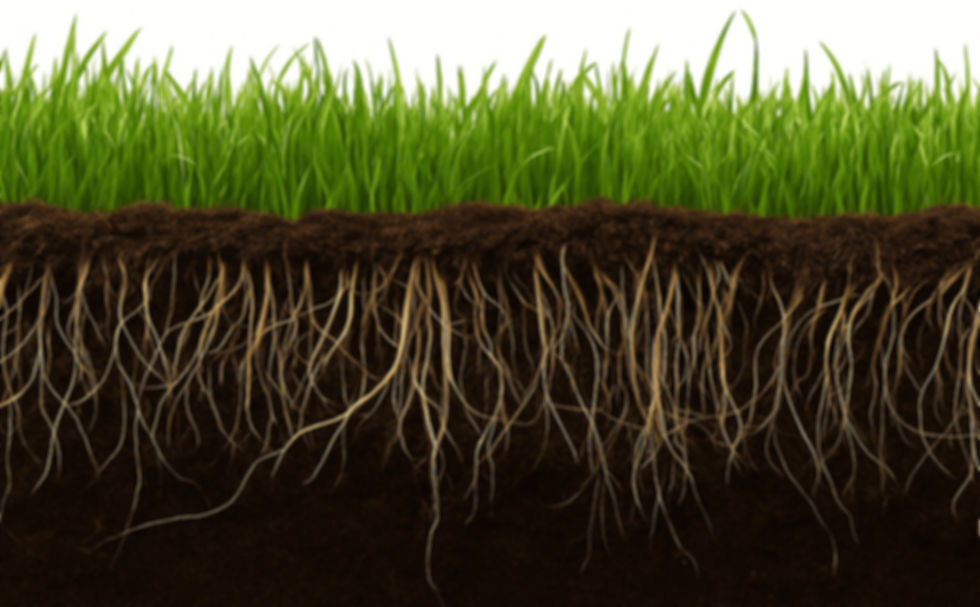
Lawn Care Myths
Lawn rolling is necessary to smooth out your lawn every spring.
Truth: Lawn rolling can actually compact the soil, limit root development, and increase water runoff, making your lawn more prone to problems.
Instead: If your lawn is bumpy, address underlying soil or drainage issues. Overseeding, topdressing, and proper cultural practices are much better solutions for long-term lawn health.
Aeration and dethatching are always needed every year.
Truth: Not all lawns benefit from annual aeration or dethatching—unnecessary treatments can even harm healthy turf.
Instead: Assess your lawn’s condition first. Aerate only if you have compacted soil or excessive thatch, and dethatch only when thatch exceeds 1/2 inch. Rely on expert evaluation for the right timing.
Spring is the best time to seed or renovate your lawn.
Truth: Spring conditions often favour weeds, and new grass may struggle with summer heat. Fall provides warmer soil and cooler air, creating the perfect environment for seedling growth and root establishment.
Instead: Overseed or renovate in late summer to early fall for best results, allowing new grass to establish before winter.
Cutting grass short means you mow less often.
Truth: Mowing too low, also called “scalping,” stresses turfgrass, exposes soil, and makes it easier for weeds and disease to take hold.
Instead: Mow at a higher setting and never remove more than one-third of the blade at a time. This helps grass grow thicker, shade out weeds, and develop deeper roots.
You must water your lawn every day.
Truth: Frequent shallow watering actually encourages weak, shallow roots and makes lawns more vulnerable to heat and drought stress.
Instead: Water deeply but infrequently—typically 1 to 2 times per week—applying about 1" to 1.5" of water each time. Early morning is best to reduce evaporation and disease risk.
.png)
